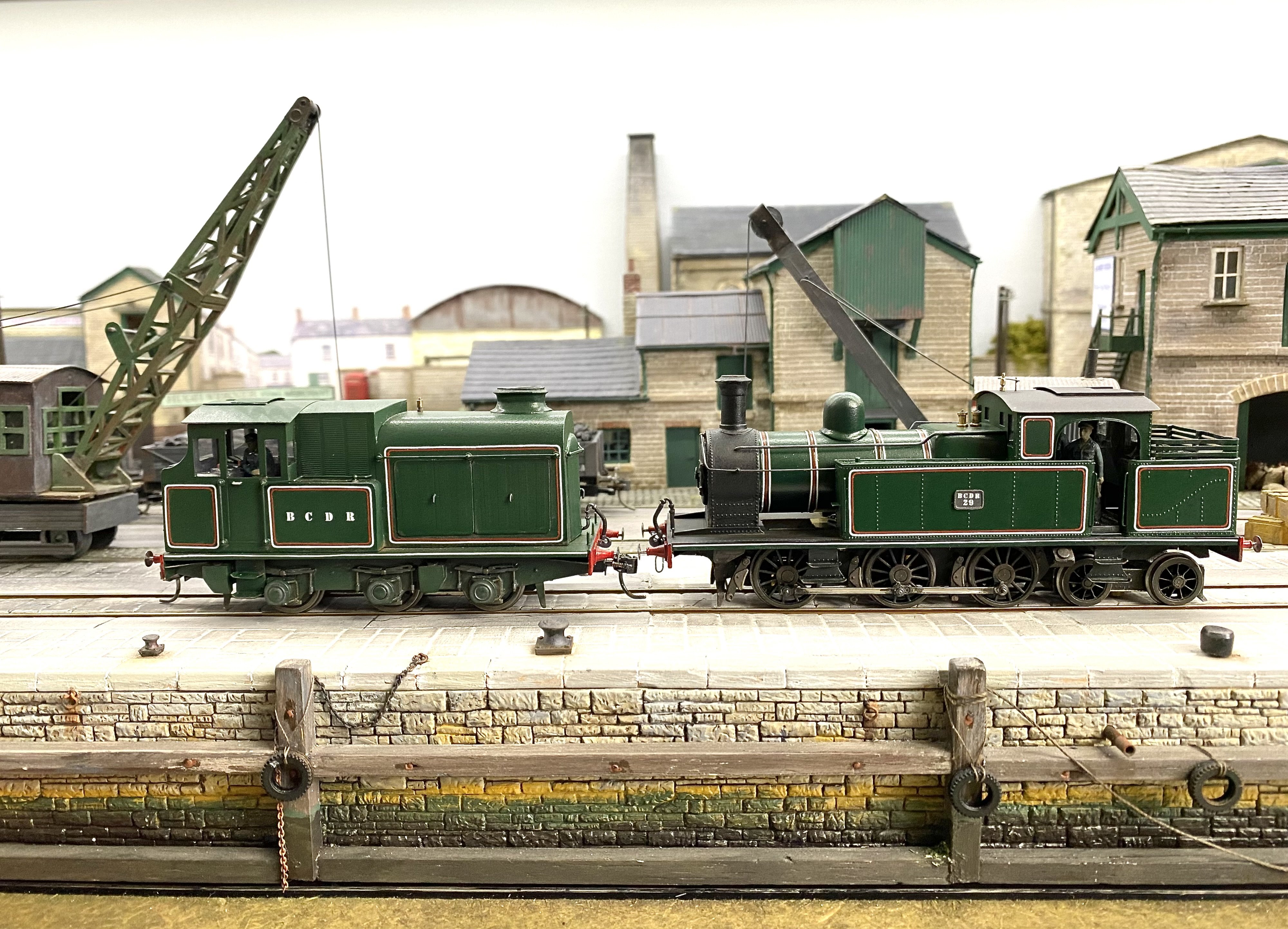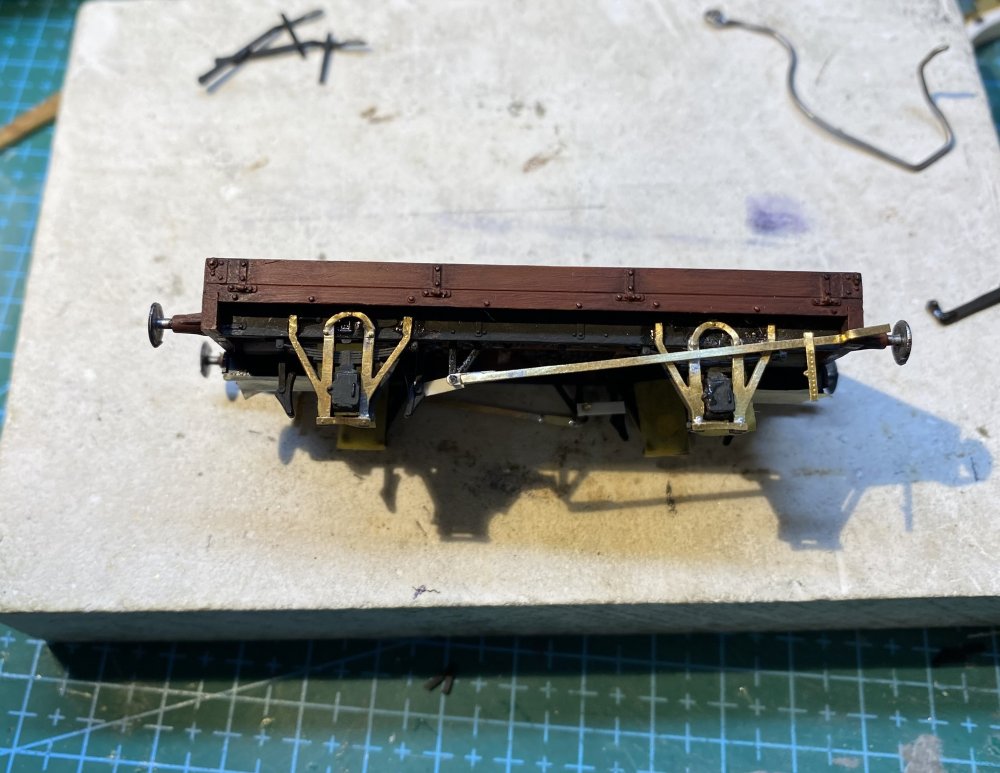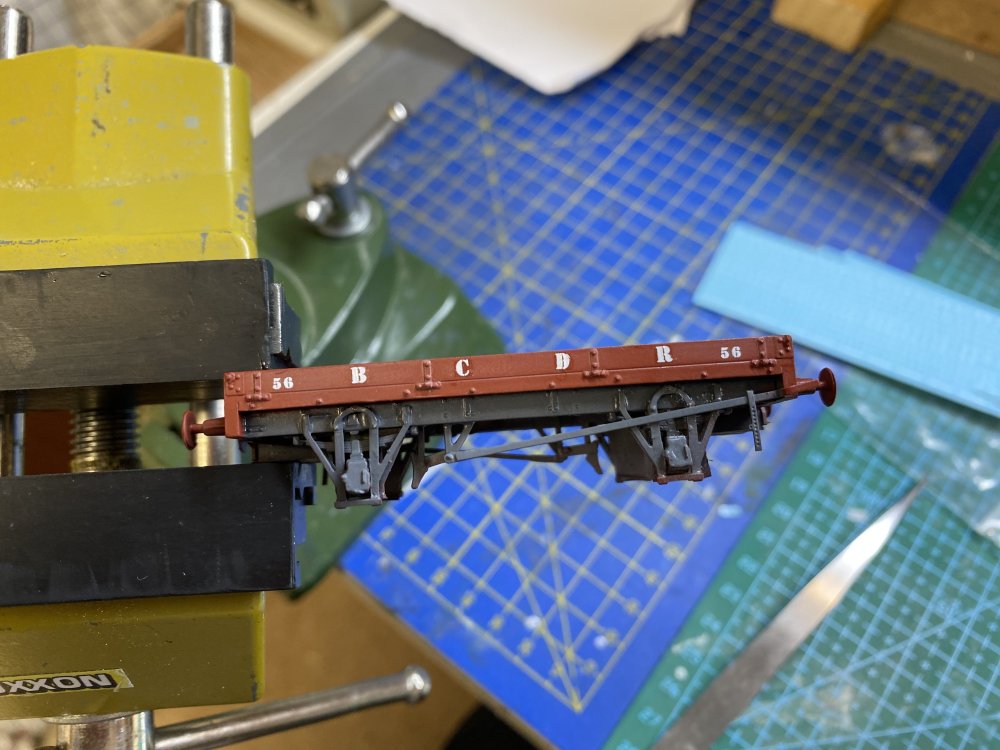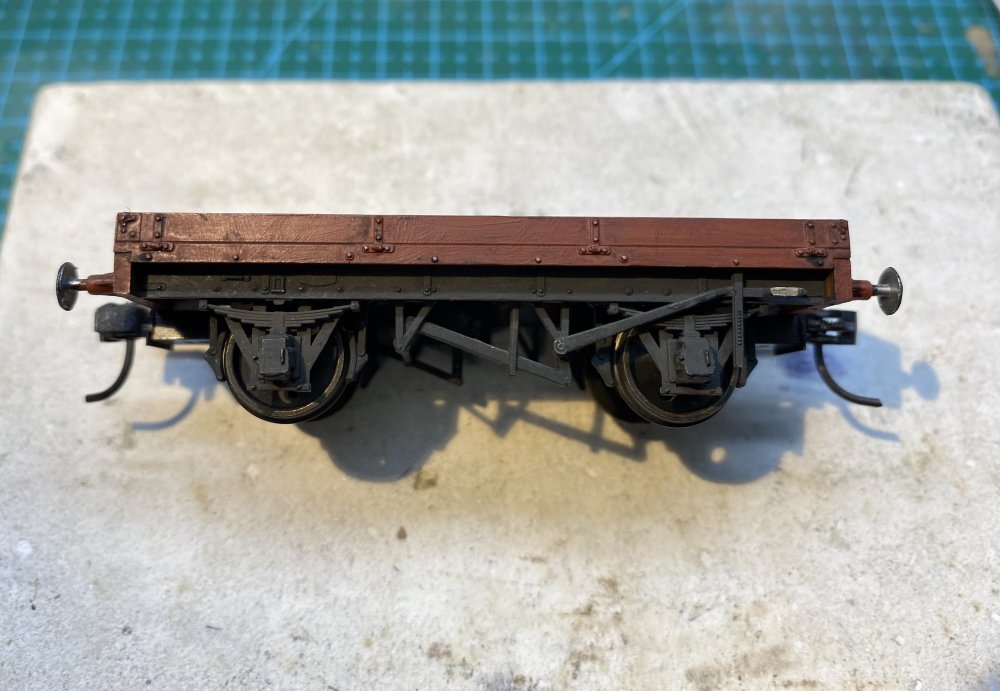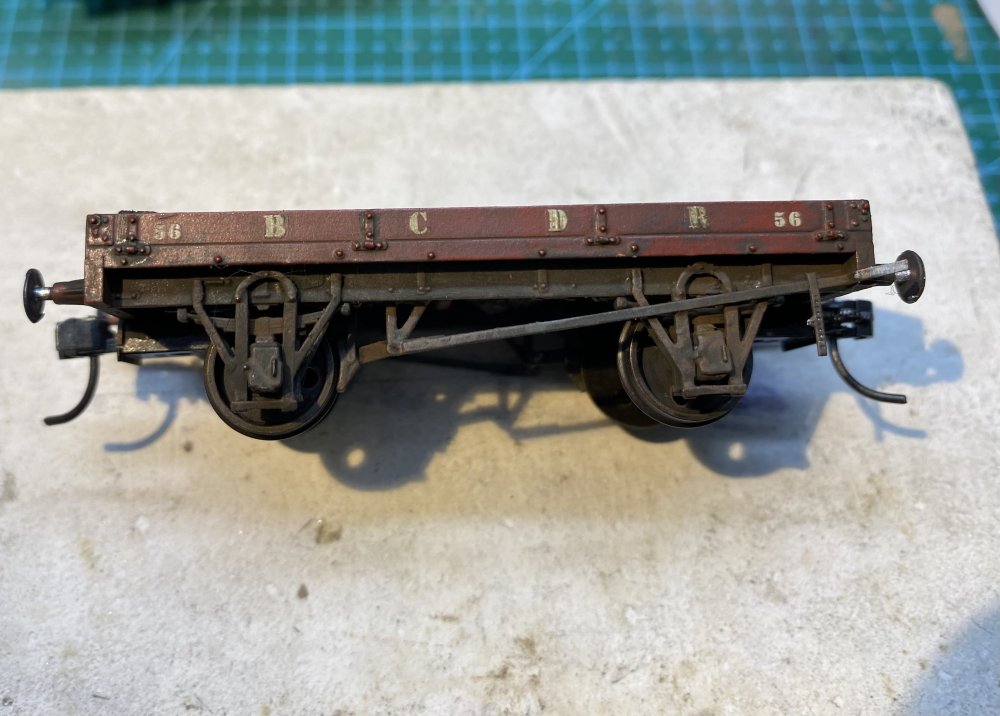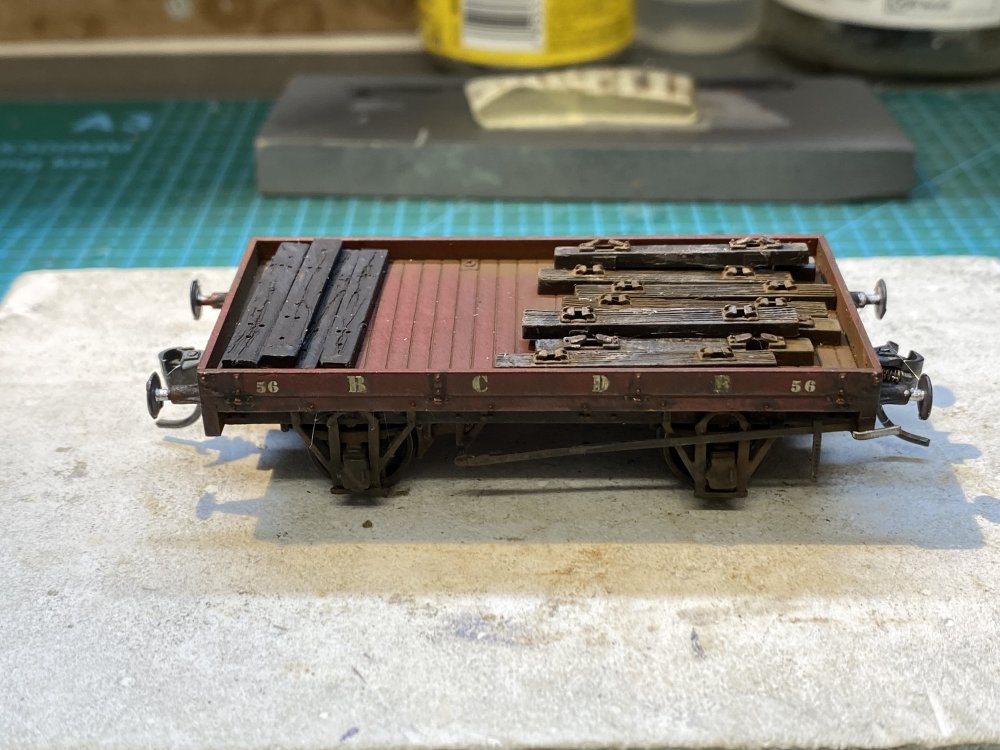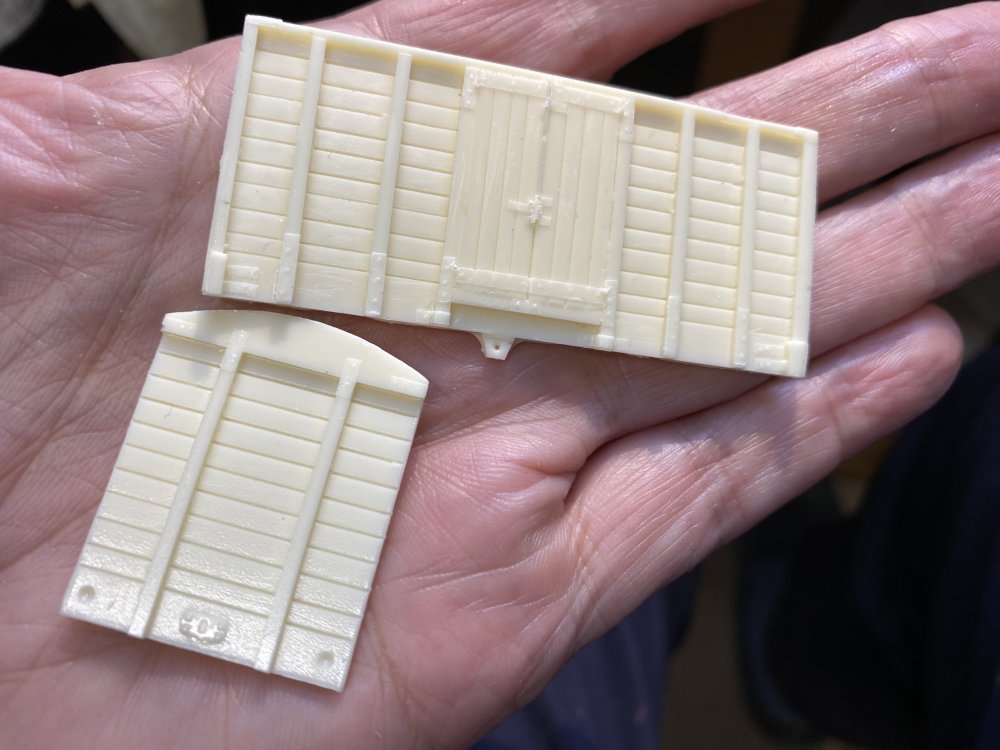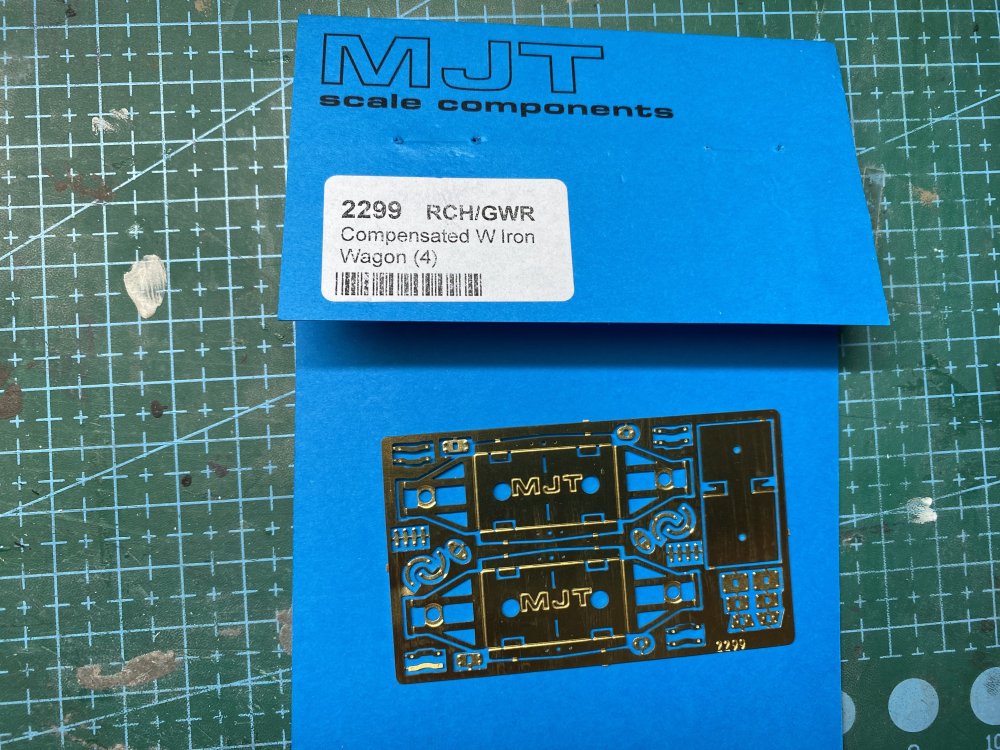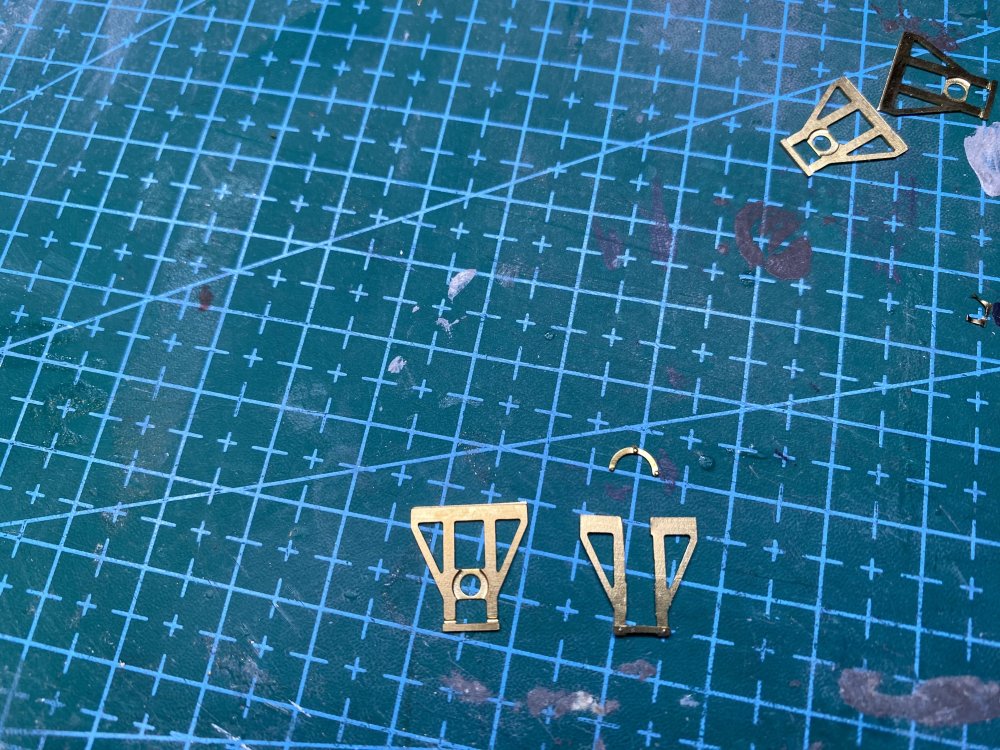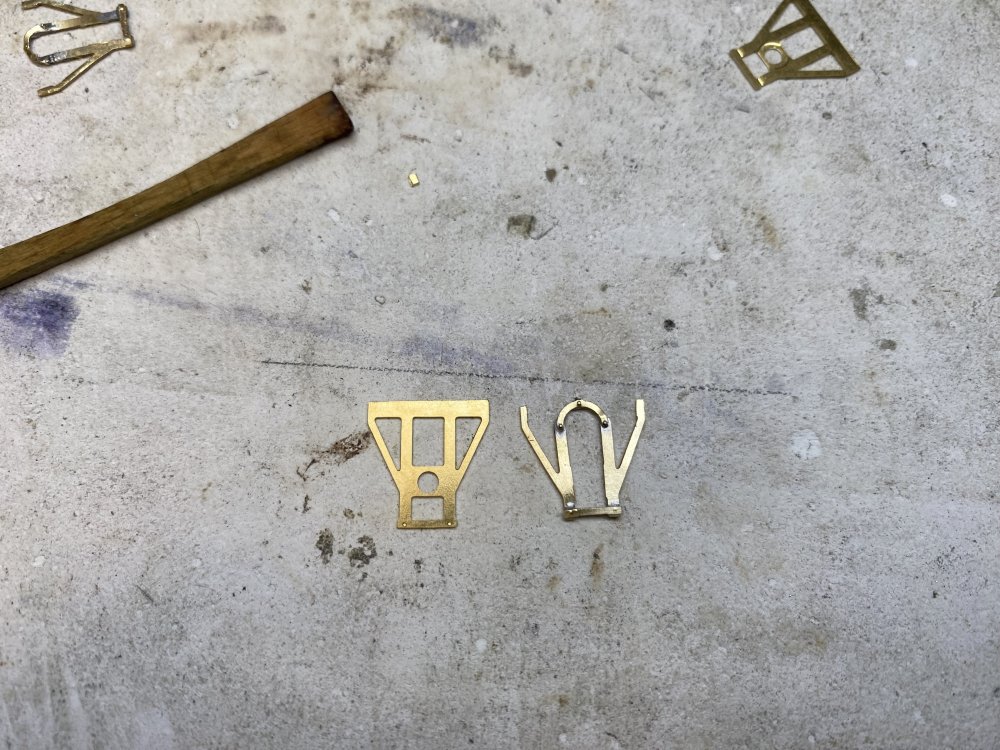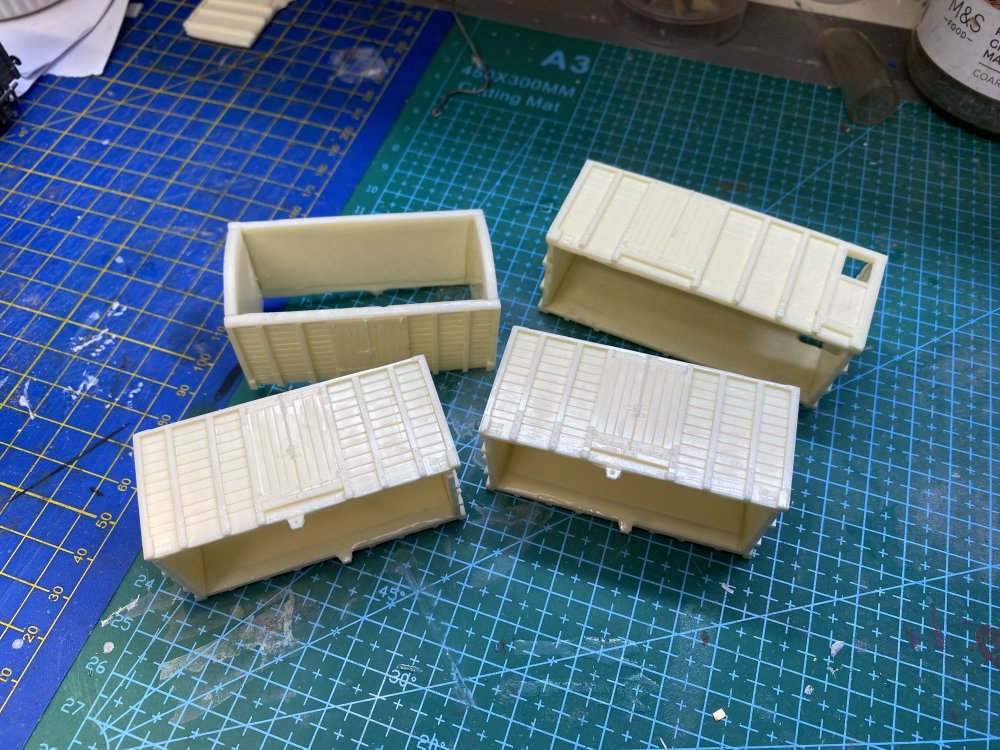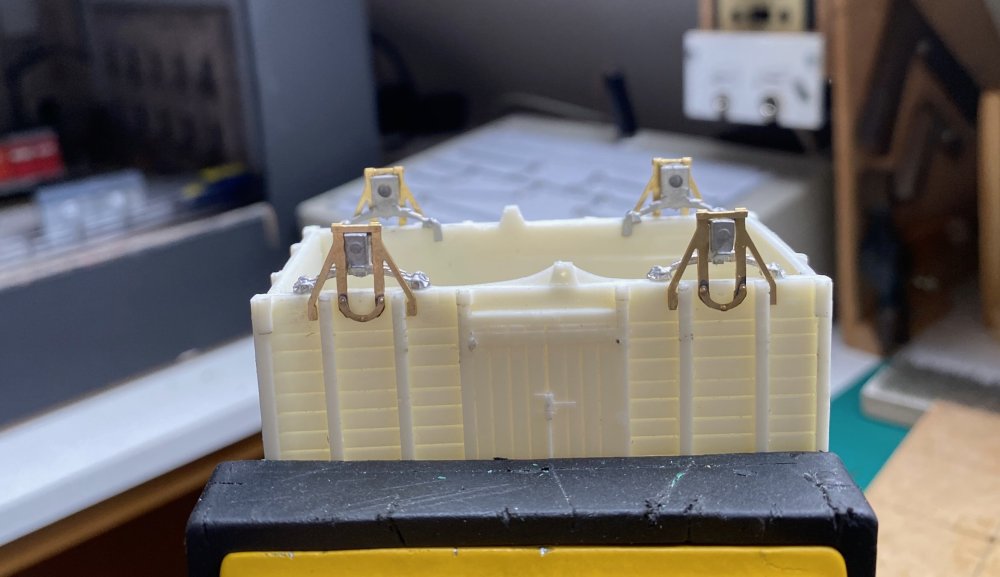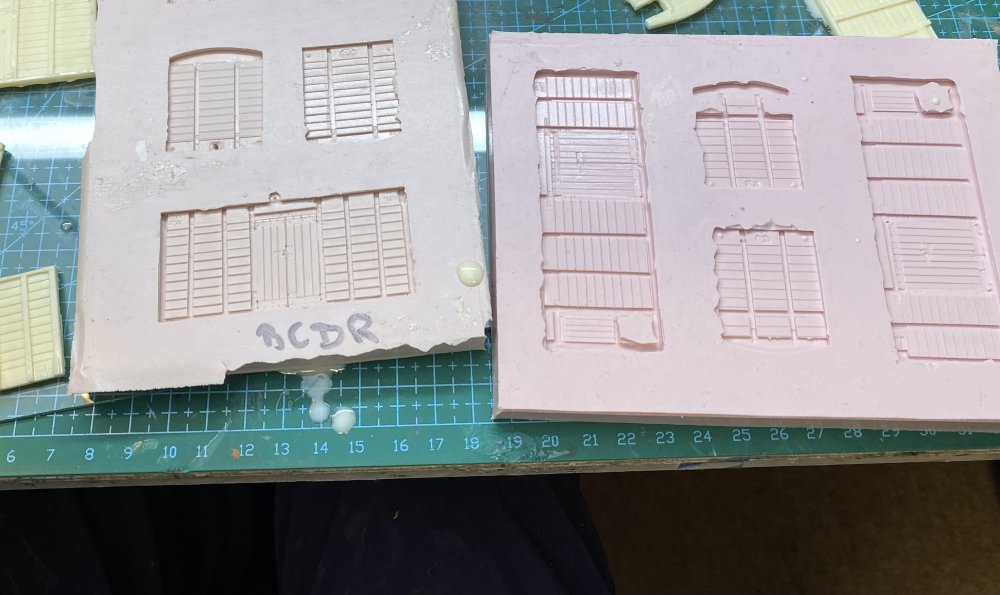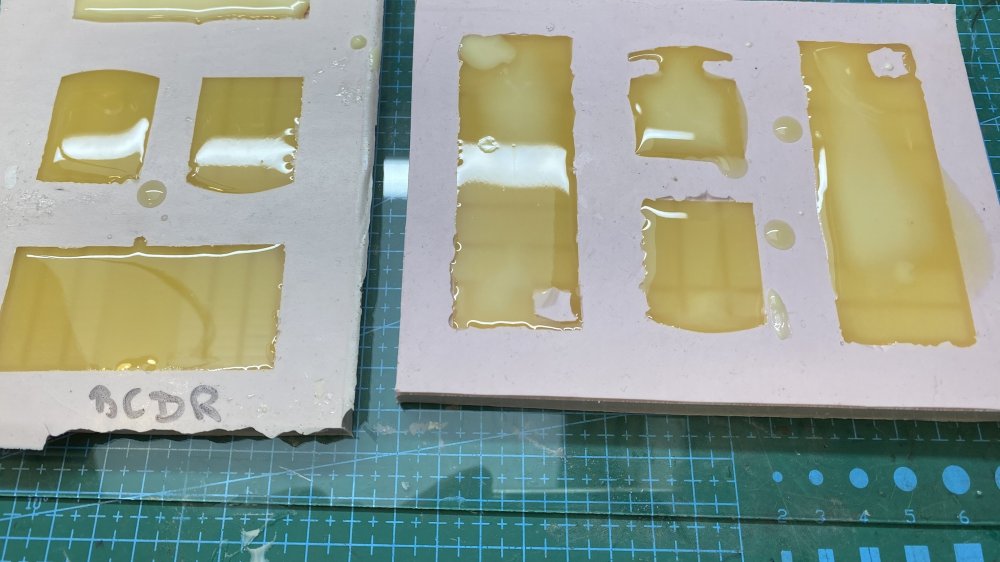-
Posts
952 -
Joined
-
Last visited
-
Days Won
56
Content Type
Profiles
Forums
Events
Gallery
Blogs
Store
Community Map
Everything posted by Tullygrainey
-
I got it half right then
-
I want to create a Permanent Way formation for Kilmore so an unsuspecting Parkside kits LNER 12T LowFit wagon (Parkside PC66) which I built a few years ago was selected for butchery... Original brake gear and levers removed, then some fabricated W irons and bits of scrap brass etch added... Transfers from Railtec... Then some weathering and a suitable load.
- 641 replies
-
- 14
-

-

-
Wonderful modelling all round. Beautifully neat work on the rodding too. Having wrestled with those Wills kits recently, I know what's involved. I'm still trying to get all the ends to stay joined up!
-
I know they survived the flight. Did they survive that thing?
-
Simple, practical and effective. Brilliant! I have dabbled with cassettes and never made anything I was entirely happy with. Could never decide how best to effect electrical continuity. Crocodile clips, bulldog clips, plugs and sockets, blah blah blah. Doing it through those protruding screws is genius!
-
I'll need to get a log on for flickr in order to see those pics Paul. I'll have a look tomorrow. As regards material, either brass or n/s would be fine. Thickness would need to be sufficient for half etched rivets. I think the average for etched kits is around 15thou, in old money.
-
Ditching a layout, or any model you've spent time and effort building, is never easy David. I'm exceptionally bad at it. But I know that for you, like me, the pleasure is in the making and a new project will help ease the pain so best of luck with yours. I'll look forward to following its development.
-
That’s a very generous offer Paul. Will be in touch.
-
Me too Nelson!
-
Casting around for something to do at the weekend. I'll need a few more bits of rolling stock for Kilmore. I made these moulds from plasticard and brass masters a few years ago. The trick is to pour just the right amount of resin into the mould so it's fully filled but doesn't rise above the level of the top of the mould. I haven't mastered that yet so these castings need a lot of work with files before they can even be glued together to make a reasonably square wagon body. Provincial Wagons this ain't! Making the body is just the start. Chassis are the next challenge. In the past I've used hacked Dapol kit chassis and sprung etched brass kits from Brassmasters. In the case of the BCDR stock, outside W irons are an added hurdle. Currently, I'm using bits from MJT wagon compensation etches to make these but it's challenging, very time consuming and uses only a few modified bits of the etch and not in the way intended. Also, what's left of the etch isn't much use for anything. There must be an easier way! Alan
- 641 replies
-
- 15
-

-

-

-
Brilliant stuff! Layout and stock all looking magnificent. Wish I could've been there.
-
Kilmore up.mov
-
I D spair of you lot
-
I picked up a second hand copy of Martyn Welch's book a while back, browsed it, put it on the shelf and forgot I had it. Must go back and read it properly!
-
Nice work Patrick!
-
I think for me that might remain a bridge not crossed
-
I've looked at CSB but I've yet to try it. I find it hard enough to fit a single compensation beam between the frames as it is. As well as getting it in the right place!
-
His basic thesis seemed to be that in order for them to work properly, compensated axles need to be able to tilt. Any system that inhibits or doesn't allow for this won't work as effectively. It makes sense to me but yer pays yer money...
-
Yes David, nice crisp etches which seem to go together well. Like many kits of the era though, the instructions tend to assume a certain amount of prior knowledge and can be a bit vague in places. I suspect a novice builder would be pretty flummoxed. As an example, there are half etched cutouts for hornblock mounting but no reference to these in the instructions which describe building a fixed chassis. The builder of a compensated chassis is assumed to know how to do it I suppose. There's no guidance on, or provision of etches for, compensation beams.
-
Another High Level gearbox takes shape - a RoadRunner Plus this time. This one is destined for a GNR(I) AL Class 0-6-0 locomotive which Kieran Lagan is building in 4mm from a NorthStar kit acquired at the Bangor Show. IMG_3655.MOV
-
Coming along nicely Patrick
-
Innovation and improvisation. Name of the game. And if it works, it ain’t wrong.
-

Beagnach end: A Branchline terminus.
Tullygrainey replied to Metrovik's topic in Irish Model Layouts
Makes it seem like you’re standing lineside. -
Always tricky going round corners. That arrangement works well.
.png.c363cdf5c3fb7955cd92a55eb6dbbae0.png)
